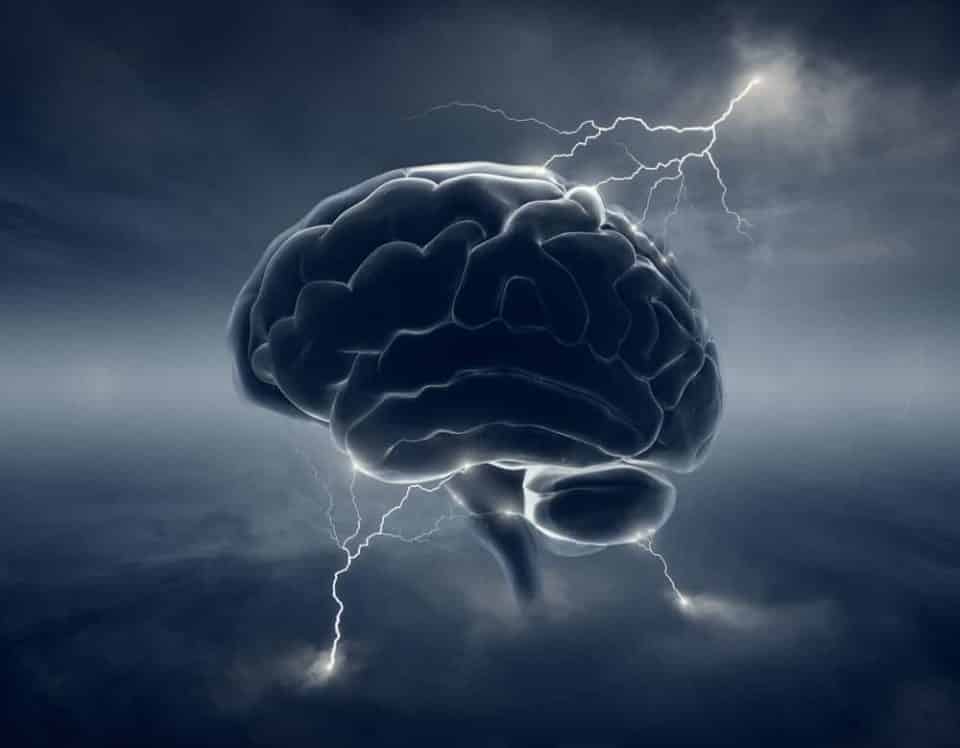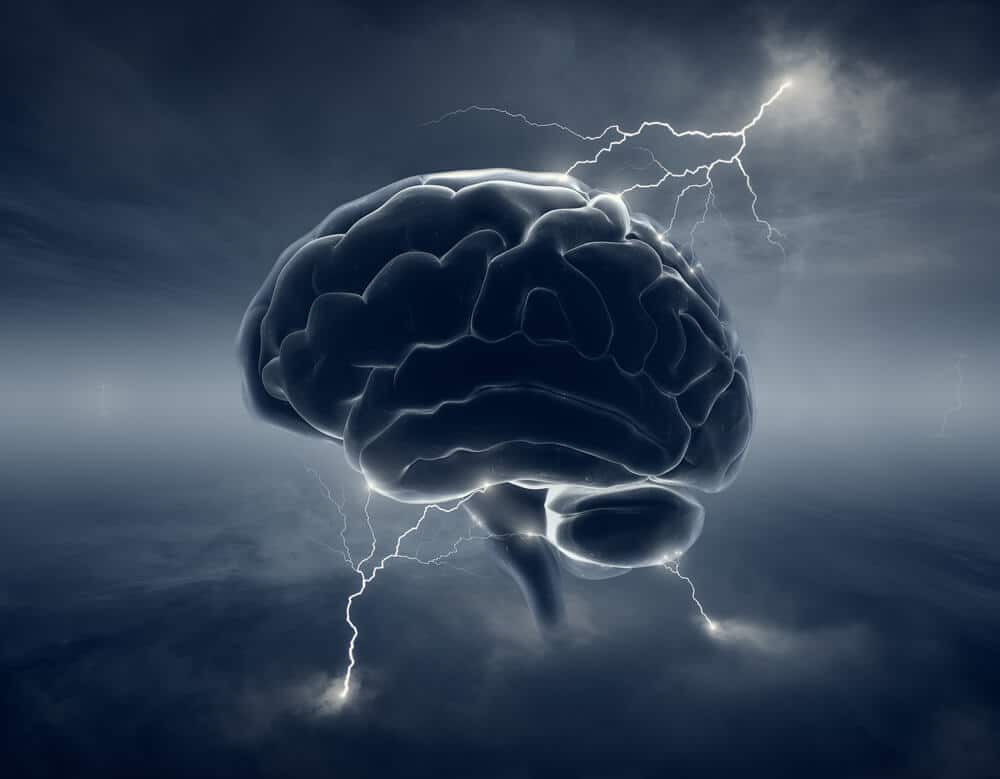
I’m pretty sure that you have heard both IoT and AI. But, do you know the differences between these two concepts? Or perhaps people are actually using the two terms “IoT” and “AI” interchangeably?
Let’s get into AI first. Artificial Intelligence, abbreviated to AI, is capable of providing you with predictive insights based on an immense amount of past data as well as real-time observations. Analyzing the historical data and the real-time data at the same time makes it easier to notice exceptions and draw critical and logical inferences. The importance of data for AI manifests itself. Therefore, to make the AI engine smarter and stronger is indeed similar to growing plants (or even growing kids!). The only difference is, instead of feeding them water, fertilizer, and food, what an AI engine needs most badly is a continuous stream of data. The more data it can process and learn from, the higher the accuracy rate of its predictions.
Now, it seems that AI is the only thing we should ask for. However, IoT plays a vital role as the information collector. Conceptually, IoT connects a huge number of disparate devices, for example, home appliances, and wearables. The sensors embedded in products would then constantly upload new data to the cloud. The fresh data can later be processed and analyzed by AI to generate information and accumulate knowledge.
MoBagel identified the unbounded potential of IoT and AI at an early stage of the development of IoT and AI. We offered our customers with a dashboard showing the real-time information such as the usage of air conditioners or the daily electricity consumption of light bulbs out in the field. Device monitoring is only a tiny fraction of our complete solution package. The AI engine for IoT, Decanter™, has been launched for a long time and helped many of our clients to seize growth opportunities and then enjoy profit increases. With its reliable predictions, Decanter™ has improved the operational performance of firms by different means such as specifying the best timing to send out promotion code to consumers.
After understanding the dynamics between AI and IoT and the related applications, we know that there’s no need to draw a line between AI and IoT. AI could maximize the value of IoT, and the latter provides the required nutrients for the former. The benefits of AI and IoT can be fully delivered only when they work in tandem.
References
1. Chaney Ojinnaka (Jan 14th, 2017). “Why IoT needs AI.” VentureBeat. Retrieved from http://venturebeat.com/2017/01/14/why-iot-needs-ai/
Image Credit: http://venturebeat.com/2017/01/14/why-iot-needs-ai/
